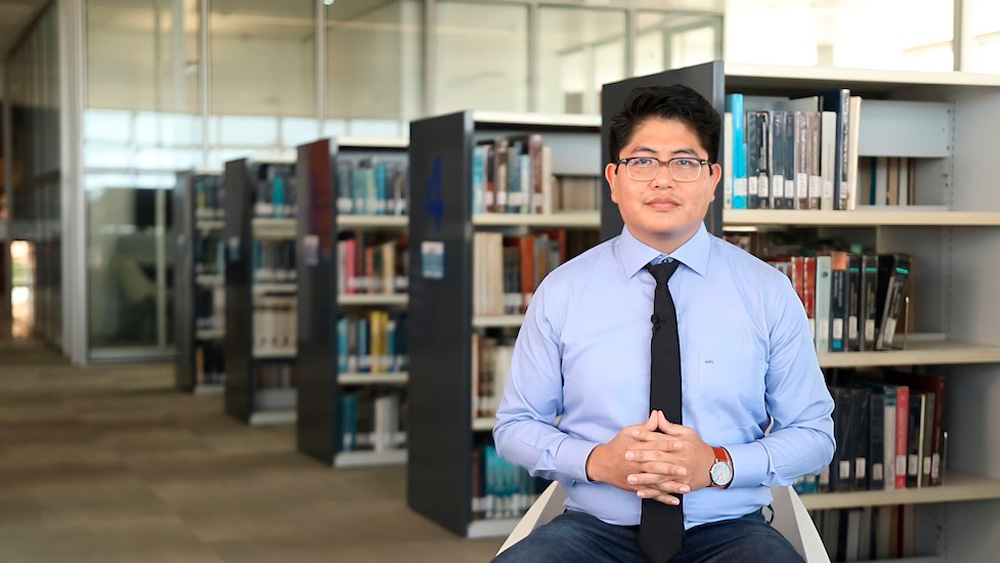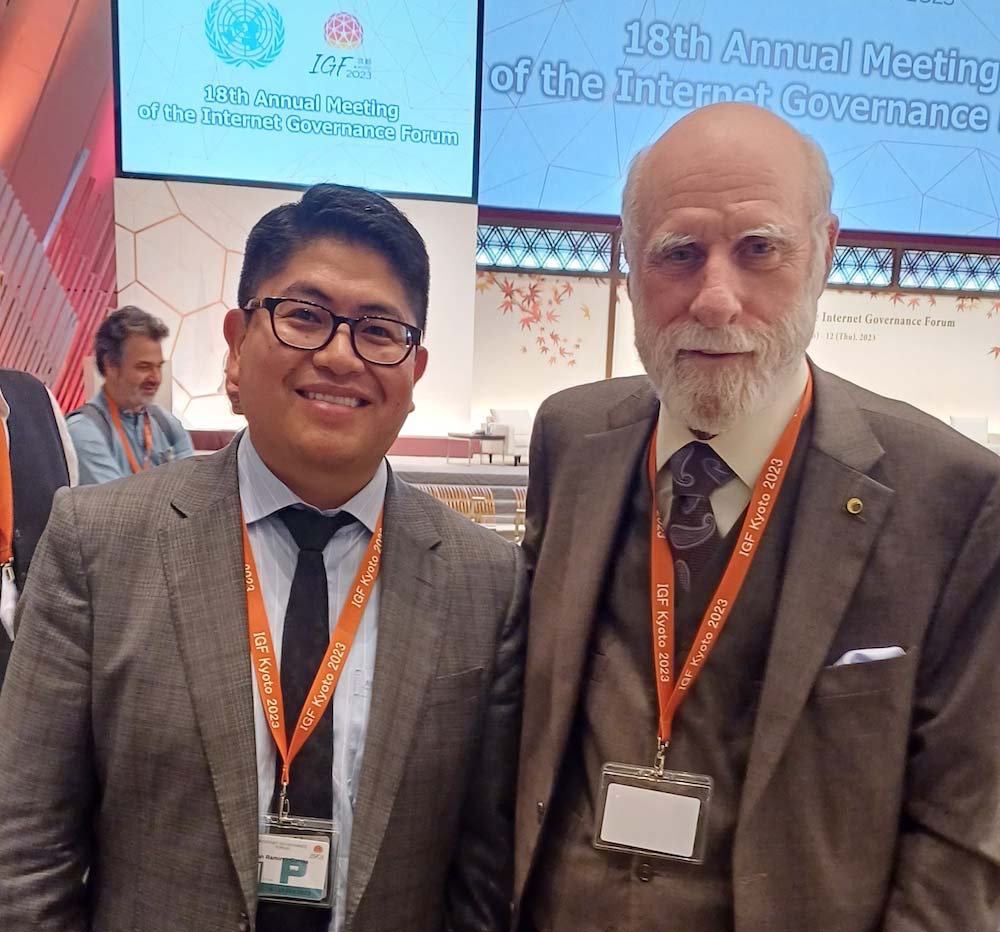If, in 2018, you had told Alan Ramírez, a Peruvian telecommunications engineer and university lecturer, that a short training course would one day shape national Internet policy and connect thousands more rural Peruvians, he might have laughed. But just five years later, that’s exactly what happened.
Through a strategic partnership between the Internet Society and the Inter-American Telecommunication Commission (CITEL), hands-on training has become a powerful way to close the digital divide, one course and one community at a time.
Communities Ready for Change
Before this transformation got underway, many rural areas across the Americas lacked reliable Internet service. Students had no access to online education and healthcare workers couldn’t provide telemedicine services.
“As an academic, I’d always been very interested in what we can do to bridge the digital divide,” said Alan. “Community networks seemed like an innovative way to address this challenge.”
But success with this solution had remained elusive. Key players lacked the necessary technical knowledge and policy frameworks to effectively support initiatives. Outdated regulations, infrastructure challenges, and siloed government approaches further hindered progress.
Partnering for Digital Inclusion
Things began to change in 2019—this is when CITEL reached out to the Internet Society, inviting it to coordinate the preparation of a training program aimed at closing the digital divide.
Soon, the two partners rolled out Building Wireless Community Networks, a course designed to equip policymakers and technical experts with the knowledge and skills they need to deploy and advocate for community networks in the Americas.
Training That Drives Real Change
Through these joint training efforts, CITEL and the Internet Society have supported changes in regional digital policies, strengthened community-driven connectivity action plans, and fostered long-term sustainable Internet access in underserved areas.
Alan enrolled in the course, learning ways to champion community networks on a societal scale. He quickly leveraged his training to influence national digital policies.

Meanwhile, in Bolivia, another alumnus convinced the Telecommunications Vice-Ministry to authorize flexible use of free-spectrum bands in 2020, a move that facilitated growth in connectivity.
These efforts have paid off: Internet use in rural Peru, for instance, rose from 26 percent in 2019 to 57.6 percent in 2024.
Positive Momentum and Continued Progress
This program has evolved over time. In 2023–2024, its coordinators introduced a new course titled Community Networks Readiness Assessment (CNRA).
Across the Americas, graduates continue to leverage their knowledge and skills to influence policies, launch new community networks, and integrate them into national connectivity strategies.
In Bolivia, participants in a CNRA course recently applied their newfound skills in a village called Atahuallpani. In cooperation with the Bolivian Regulatory Authority for Telecommunications and Transportation, they upgraded Atahuallpani’s expensive and unreliable 3G connection to a wireless point-to-point community network offering better service at a lower cost. While installing the equipment at the village’s school, they also trained local teachers in its maintenance. Students and community members alike can now access the Internet’s benefits with this solution.
The courses also promote direct engagement between policymakers and technical experts. In a November 2024 training, for example, government executives gained critical insights on expanding Internet access. Many went on to contribute to national digital roadmaps.
In-person trainings have allowed us to foster direct engagement, showing governments how community networks fit into their broader connectivity goals. But the training we offer in the communities is key—last year, we offered over 350 scholarships.”
Germán Fajardo, a co-founder of the Internet Society Colombia Chapter, who has also participated in various course sessions, views the training as an excellent option for non-traditional learners. “It’s a great opportunity for those unable to pursue studies through regular programs or universities.”
A Bright Future for Connectivity
Education, advocacy, and collaboration play a powerful role in closing the digital divide. It’s clear that with the right training, individuals can drive systemic change.
CITEL plans to expand its collaboration with the Internet Society to address emerging challenges like artificial intelligence-driven digital inclusion, community network cybersecurity, and the evolving regulatory landscape.
Encouraging public-private partnerships will also be crucial, while developing new policy recommendations based on lessons learned will nurture a more inclusive and resilient digital ecosystem.
“We see the partnership evolving into a long-term alliance that continues to make a difference across the Americas,” Oscar said.

Alan Ramírez and Internet Society Co-Founder Vint Cerf at the 2023 Internet Governance Forum
Some challenges remain to be tackled. “More than 40 percent of rural citizens still don’t use the Internet,” Alan said. “We can address this gap with community networks.”
The two courses each consist of six weekly live sessions, but other formats, including a self-moderated version that an interested learner can take at any time, are possible depending on user requirements.
Join Us to Make a Difference
Together, we can build a more inclusive and connected future. Learn more about our free training programs and help us bring connectivity to underserved communities.
Images courtesy of Alan Ramírez

